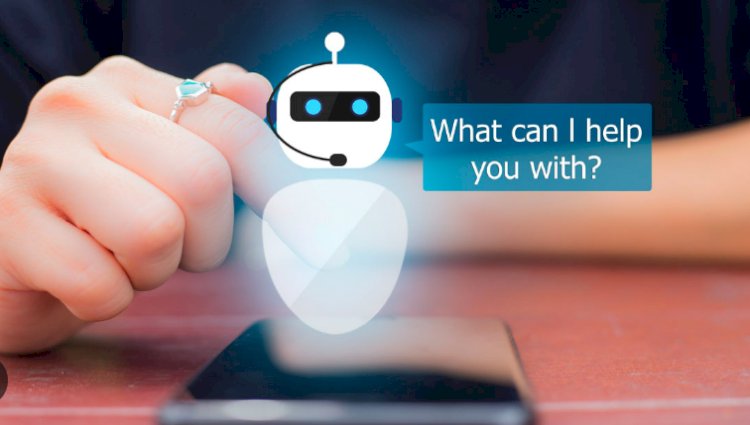Unlocking Efficiency And Innovation: Exploring The Landscape Of AI Tools
Unlocking Efficiency And Innovation: Exploring The Landscape Of AI Tools

AI tools encompass a wide range of applications and technologies that leverage artificial intelligence (AI) to solve problems, automate tasks, and augment human capabilities. These tools are increasingly prevalent across various industries and domains, offering solutions that range from data analysis and natural language processing to computer vision and machine learning. Here are some common categories of AI tools:
- Machine Learning Platforms: These platforms provide frameworks and libraries for developing and deploying machine learning models. Examples include TensorFlow, PyTorch, and Scikit-learn, which offer a wide range of algorithms and tools for tasks such as classification, regression, clustering, and more.
- Natural Language Processing (NLP) Tools: NLP tools enable computers to understand, interpret, and generate human language. They power applications like chatbots, sentiment analysis, language translation, and text summarization. Examples include NLTK (Natural Language Toolkit), SpaCy, and Hugging Face’s Transformers.
- Computer Vision Tools: These tools enable computers to interpret and analyze visual information from images and videos. They are used in applications such as object detection, facial recognition, medical imaging, and autonomous vehicles. Popular frameworks include OpenCV, the TensorFlow Object Detection API, and PyTorch’s Torchvision.
- Data Analytics and Business Intelligence Tools: AI-powered analytics tools help businesses extract insights from large datasets, make data-driven decisions, and optimize processes. Examples include Tableau, Power BI, and Google Analytics, which leverage AI techniques like machine learning and predictive analytics.
- Robotic Process Automation (RPA) Tools: RPA tools automate repetitive and rule-based tasks by mimicking human interactions with digital systems. They can streamline workflows, reduce errors, and free up human resources for more valuable work. Examples include UiPath, Automation Anywhere, and Blue Prism.
- AI-Powered Assistants and Chatbots: These tools use natural language understanding and generation to interact with users and perform tasks such as answering questions, scheduling appointments, and providing customer support. Popular platforms include IBM Watson Assistant, Dialogflow, and Microsoft Azure Bot Service.
- AI in Healthcare Tools: AI is increasingly being used in healthcare for tasks such as medical imaging analysis, drug discovery, personalized treatment planning, and virtual health assistants. Examples include IBM Watson Health, Google’s DeepMind Health, and various startups developing AI-driven healthcare solutions.
- AI in Cybersecurity Tools: AI-powered cybersecurity tools use machine learning to detect and respond to security threats, analyze patterns of behavior, and enhance threat intelligence. Examples include Darktrace, Cylance, and Palo Alto Networks’ Cortex XDR.



















